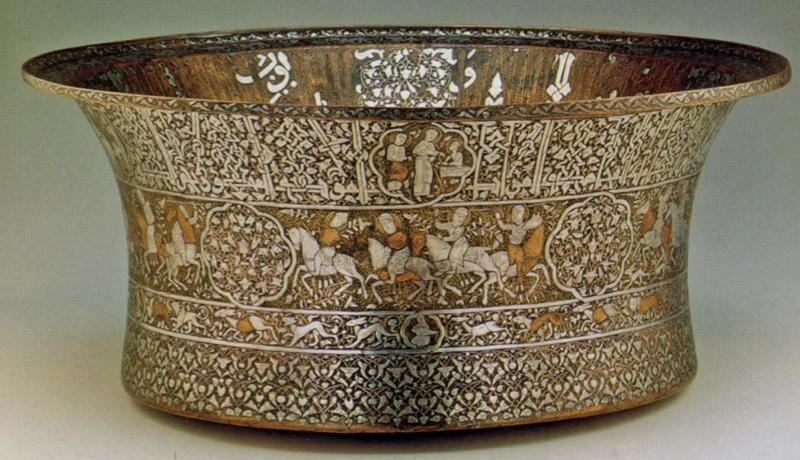
Find the perfect fit with Amazon Prime. Try Before You Buy.
Ayyubid inlaid metal basin, 1247-1249AD
d'Arenberg Basin. Freer Gallery of Art.
A larger image of this side of the d'Arenberg Basin
Picture source: Smithsonian F1955.10

Picture source: StudyBlue
 |
